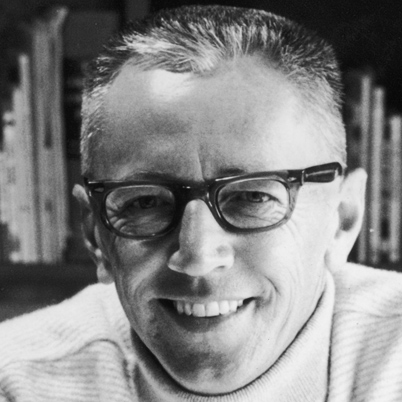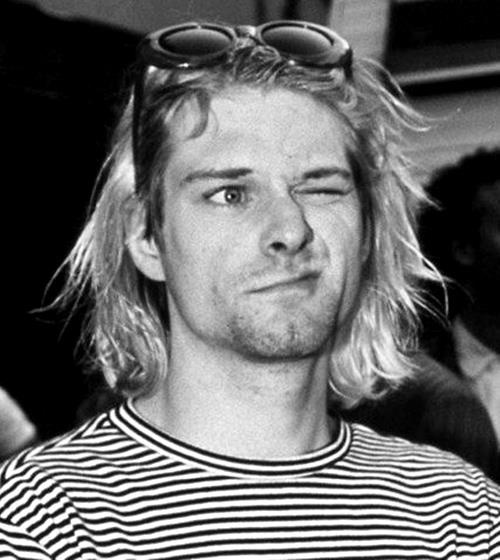 |
| Matthew Modine, Gold Wire Rimmed P3 eyeglasses, Full Metal Jacket (1987) |
The
Stanley Kubrick Retrospective at LACMA covers the breadth of his practice, beginning with his early photographs for Look magazine, taken in the 1940s, and continuing with his groundbreaking directorial achievements of the 1950s through the 1990s.
 |
| Costume and props from A Clockwork Orange at the Stanley Kubrick Retrospective at LACMA (Photo from GALLIVANT) |
His films are represented through a selection of
annotated scripts, production photography, lenses and cameras, set models, costumes, and props. In addition, the exhibition explores
Napoleon and
The Aryan Papers, two projects that Kubrick never completed, as well as the technological advances developed and utilized by Kubrick and his team.
 |
| Sue Lyon bespectacled and bowtied in Lolita (1962) |
By featuring this legendary film auteur and his oeuvre as the focus of his first retrospective in the context of an art museum, the exhibition
reevaluates how we define the artist in the 21st century, and simultaneously expands upon LACMA’s commitment to exploring the intersection of art and film.
 |
| Sue Lyon photographed by Bert Stern in Lolita glasses (1960) |
 |
| Ghost twins costume from The Shining (1980) at Los Angeles County Museum of Art |
The exhibition highlights scenes in his movies that were directly influenced by works of art — the spectral twins in "The Shining" that were inspired by the photographs of Diane Arbus, and numerous shots in "Barry Lyndon" that were based directly on 18th century paintings by Thomas Gainsborough, William Hogarth, George Stubbs and others. - L.A. Times
 |
| Star Baby embryo from 2001 Space Odyssey (1968) |
Strangelove's War Room also is re-created as one of several highly detailed, miniature models in the exhibit, many of them from the innovative production of 2001, including the Discovery spaceship and the museumlike Baroque Room of the finale, with its unnerving light emanating from the floor.
Seeing the physical models allows the viewer to move back and forth and study these movie spaces in three shifting dimensions. The most fascinating is a model of 2001's spacecraft centrifuge, a rotating stage with trap doors that allowed Kubrick to film from strategic vantage points. - L.A. Weekly
 |
| Venetian Mask from Eyes Wide Shut (1999) |
























































